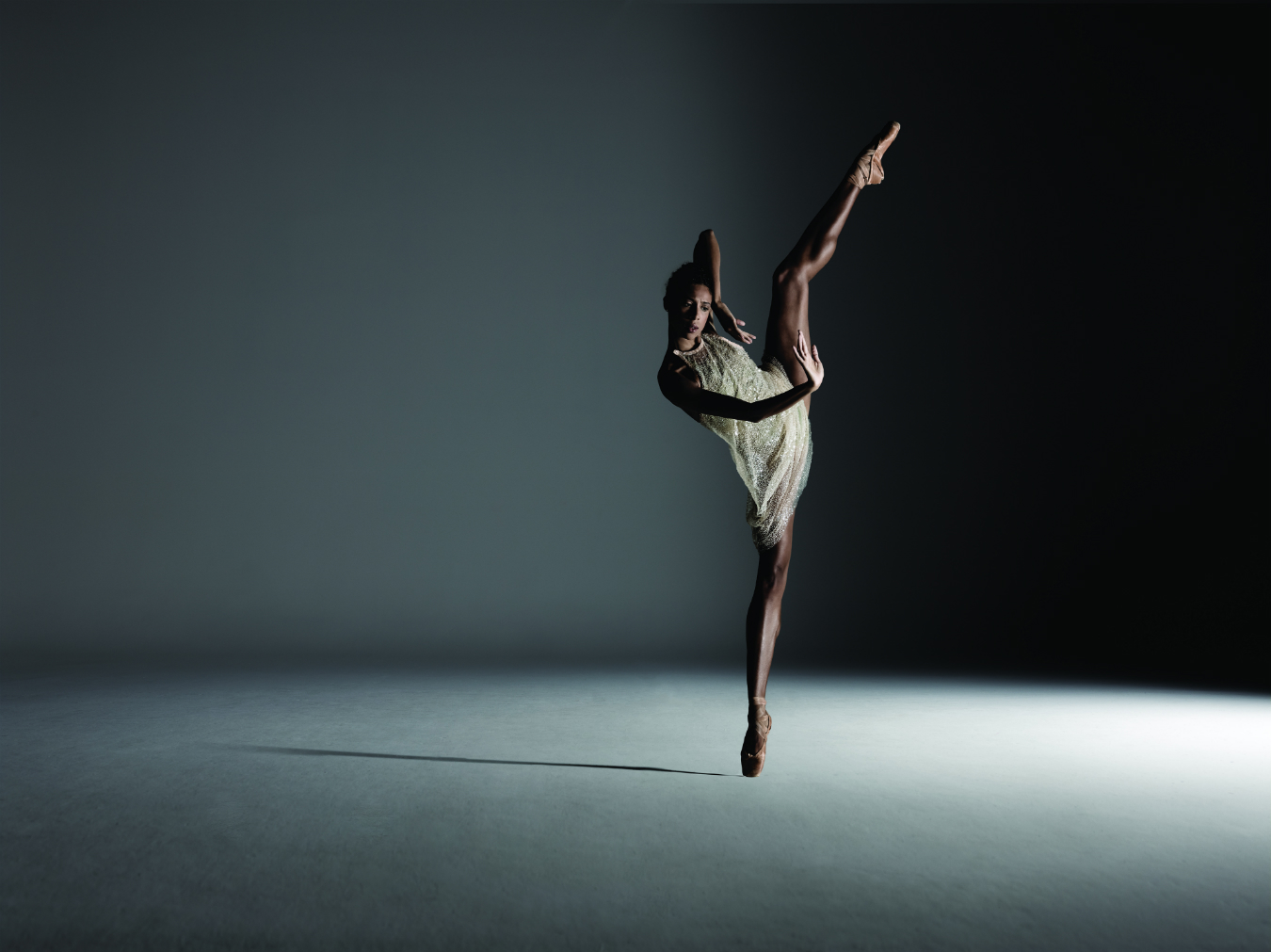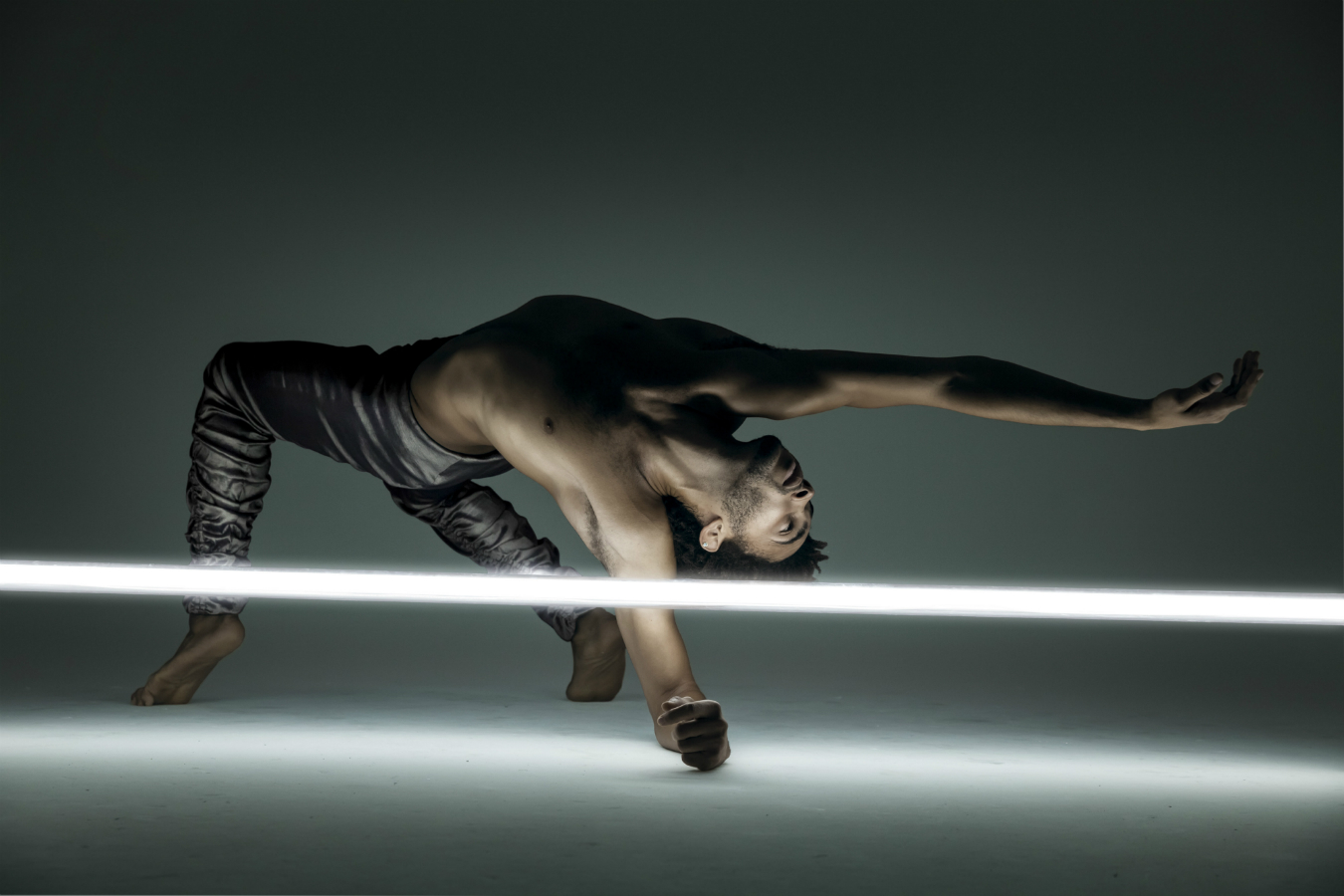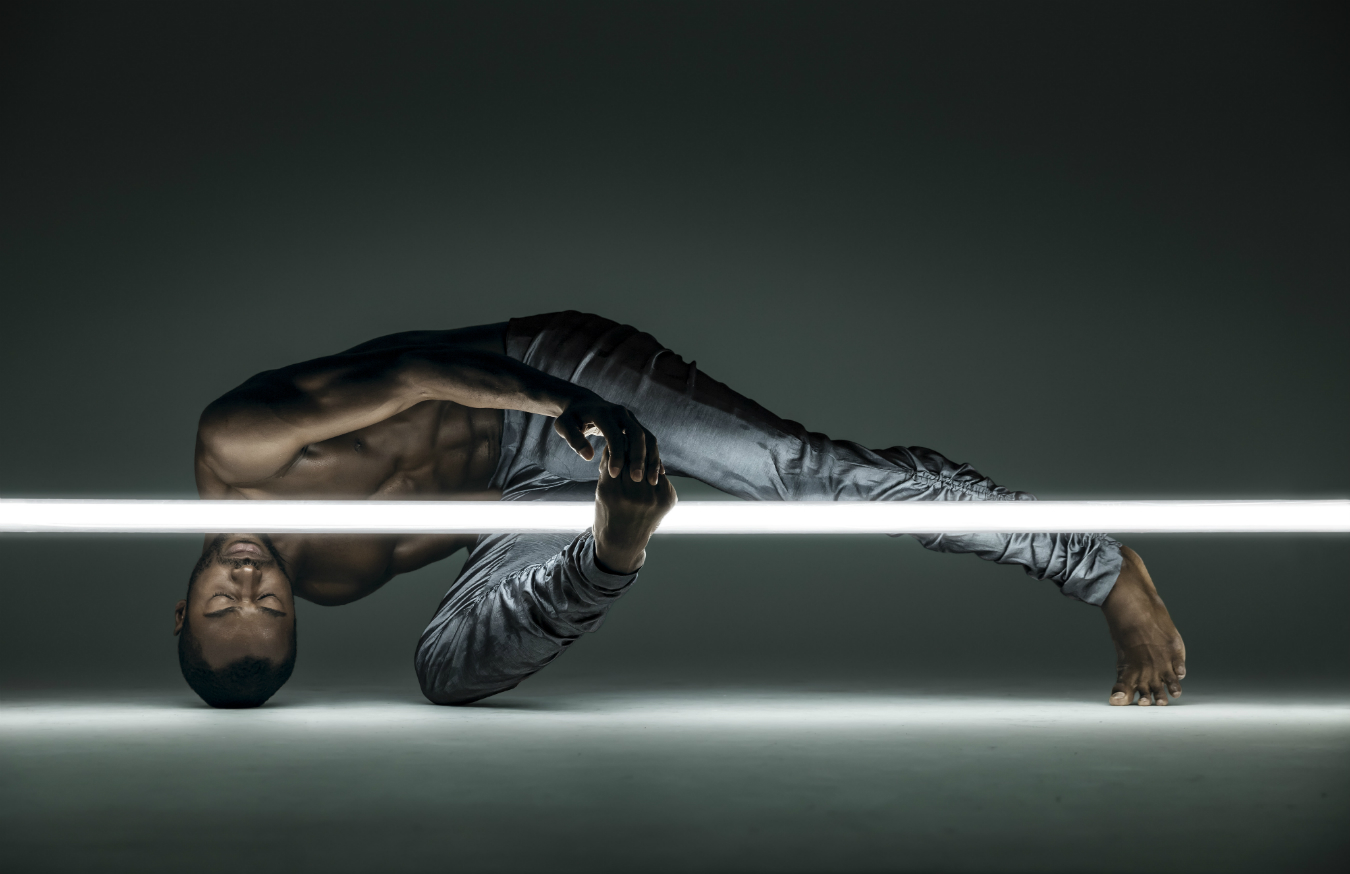San Francisco-based contemporary ballet choreographer Alonzo King’s voice rises and falls like a concerto, at times soft and subdued and at other times emphasized and mighty. The word “truthful” becomes a rollercoaster, “truth” spoken with punch and the concluding “ful” seeping slowly out. He speaks in queries asked and answered, his expanding spirit and mind clearly pulsing with every phrase.
King is world-renowned, known for redefining conventional ballet, pushing it into new boundaries with a strong focus on shape and interweaving movement. He has choreographed pieces for the likes of Frankfurt Ballet, the Royal Swedish Ballet, Alvin Ailey American Dance Theater, Joffrey Ballet, and Hubbard Street Dance Chicago.
His own company, Alonzo King Lines Ballet, is coming to Vancouver on March 3 and 4, 2017 as part of the Vancouver International Dance Festival, marking the troupe’s return to the city after sold-out performances in 2012. The show features the Canadian premieres of two Lines Ballet works, SAND and Shostakovich. King himself does not always tour with his dancers, but made sure he was personally coming to Vancouver, describing it as “a city that loves dance.” Speaking over the phone, he delves into movement, space, and philosophy.
How did you get introduced to dance, and eventually decide to make it your career?
My mother was an amateur, she had taken classes when she attended university, and as a child, I loved watching her when she moved. She would show me things and I would do them, it was a form of intimacy with her that was remarkable and cherished. When I finished high school, I was really interested in tons of things, particularly science, but I had to think of what I thought would keep me loyal for a lifetime, and what brought me the most joy—and it was dance.
It’s interesting that you mention a love of science, because there seems to be a scientific element to your choreography.
Science is in everything. It’s something that is unavoidable. There’s nothing that science is not in, in the physical world, but I think it’s about recognizing it. The same is that dance is in everything. Human beings, we’re makers and doers. That’s how we spend our time, making and doing. And the best of making and doing involves art. If you’re an architect and your sole concern is to put up edifices to make money, you have cheap, ugly places that don’t work. If art is absent from our making and doing, it’s bad work. In all the making and doing that we human beings are preoccupied with—it could be anything: agriculture, hair braiding, any of the sports, lecturing, raising children—when it comes to the FINEST, it becomes a poetry.
We humans are made of sound and movement. Our principal expression in life is movement—it’s how we know something is living: hearts are beating, lungs are expanding and contracting, blood is running through our veins. That’s rhythm.
In all the things that we do, dance is a part of it, especially if it’s well done. Why is that? We humans are made of sound and movement. Our principal expression in life is movement—it’s how we know something is living: hearts are beating, lungs are expanding and contracting, blood is running through our veins. That’s rhythm.
If logic is totally predominant, it’s dry, calculated, predictable. If feeling is overly predominant and not developed, it’s chaotic, illegible, unclear, indulgent. So the whole world is telling us, ‘Come into balance.’ But what is balance? It’s dance! If you listen to Bach, what he’s talking about is the ideal human being: there is science, mathematics, and order, but there’s also built-in spontaneity through the logic of science and devotion, love. The balance of science and love. What does that mean? Science plus devotion is the perfect combination, it is a law that brings balance and joy to the human being. We’re taught that through all the great works. Oh my god, I could go on.
By all means, go on.
In movement, what we’re talking about is values and behaviour. What is behaviour? It’s how you move through the world! How do you treat people, who do you honour, what do you think is important, and what you think isn’t important? That’s what you’re seeing in movement all the time. That’s why when it’s balanced from the highest level, you want to go and ask that dancer for advice because they obviously understand everything.
We have two selves: we have our weak, whiny, complaining self, and we have our heroic self that is led by indomitable will that feels it can do everything. We struggle with both of those. They exist together. That is why you can loathe the behaviour of someone like Wagner but you can’t deny the beauty and power of that music. He had a lower self and higher self. And we all do. That’s why we can’t really judge anybody. We live in a world that is…horrific, at the moment. That’s brutal and unkind. And what do we do? We look at others and say, ‘Look at this ridiculous person.’ That may be true, but the first thing we have to do is extract every trace of what we identify in others, because it may exist in some level in ourselves.
If you want to clean things up, you have to start with yourself. And for me, that is an incredible symbol, because when you begin any discipline, you’re beginning with yourself and you’re extracting what is interfering with the luminous being that we all are. You are removing what is marring the brilliant light that was in the little baby that people were awe-filled when they observed—that bundle of joy and wonder still exists, even in the crabby, jaundiced, jaded adult. We have to wake up our eyes, and that is work. It’s work. What is work? Work is cleansing. So you clean the mirror so the light can come through again. That’s what work is. That’s the first thing that you’re doing at the [ballet] barre.
In movement, what we’re talking about is values and behaviour. What is behaviour? It’s how you move through the world!
Your work feels personal, it comes from you, but there is also a big emphasis on the group, and on allowing the dancers to take ownership.
I really don’t think, as odd as it may sound, I don’t think the pieces are me, I’m not interested in me in that sense. I’m interested in finding things that are bold and that are truthful. That excavation, when you’ve been doing it for a long time, it’s laughable, the idea of authorship. You realize you are discovering things, and you are looking for the definitive statement, not for clever skill.
I’m not interested in my own puny little thoughts—I want to dive into the perennial thoughts that have been on the planet that support the universes. I want to speak about that to the best of my limited ability. So that’s the work. When you find something that is large, you step back and go, ‘Wow, that really worked.’ And to think that you did it is kind of silly.
You can’t even say that it’s a direct correlation to any specific kind of rigour except that you’re working and you’re a worker and that’s where your devotion is. Einstein said the things that would open doors for him would come to him when he was walking around or playing a game. The undercurrent of his passion and devotion stayed running so he could receive that information. What does that mean? The artistic mind is not nine to five. The creative mind is not nine to five. It is a continual way of being and seeing and how you live your life. And that’s movement. It’s sound and movement. When people talk about, “Your style, your this, your that”—I’m not trying to make a style! I’m looking for an idea, and the style is a byproduct of what ever idea that I’m obsessed with at the moment.
Does it get exhausting to have a 24-hour creative mind?
I think that exhaustion comes to all of us no matter what we’re doing.
Is someone ever exhausted when they’re the first time in love? Hell no, they can stay up with that person all night and never go to sleep, they skip to work singing and whistling; whatever they’re doing, constantly in back of their mind they’re thinking of that person. That is what the inspiration from discovery is like. What does that mean? It means it’s a relationship! What happens in a relationship? There’s a period where the honeymoon ends, it’s inevitable. What does that mean? It means after the honeymoon ends, we return to work! And that is what relationships and life is about, is self-reform. And what is that? It’s art-making! Everybody is a masterpiece that we have to discover and uncover ourselves.
You have said one of your goals is to get the dancers to a place of intuition within the movement. That seems like an important part of the way you teach.
Intuition has to be there to make your choices, because you know what you know and you don’t need validation. Also there has to be spontaneity, and bottom line, they have to love what they’re doing. It shows. Good dancers are really showing us examples of how life can be lived—through bravery, through compassion, through brilliance, through dedication. People come to the theatre, they turn off their cellphones and sit still, so you have to offer them a mighty meal that is beautifully prepared and nutritious.
If you want to be large, if you want to think in terms of infinity and non-stop lines, the little definition of your body and its exterior frame has to be shattered.
Beauty, that’s a tricky one for people. I’ve heard people say, “That’s an ugly step”—I don’t even know what that means. What is an ugly step? What does that mean? The only thing that’s ugly is a lie. Beauty is truth, plain and simple.
I’m really interested in who the person is, how they behave, what is the character? That is what’s interesting, and that’s what you’re seeing on stage. And what is life? It’s a stage! How you behave, who your character is, are you compassionate, is this person broad-thinking, do they have the ability to obliterate selfishness? That’s another part of work. Why? Because if you want to be large, if you want to think in terms of infinity and non-stop lines, the little definition of your body and its exterior frame has to be shattered, because we’re much larger than the form that we’re contained in.
Helen Keller said she wasn’t really able to be free until she realized that her body was not her self. Isn’t that profound?
That is the conundrum for the human being: how do I break through the prism of this physical form into infinity? Everything is doing that, it’s what gems are doing when they’re radiating, it’s what plants are doing when they’re rooting and sending out trees and flowers, it’s what the earth is doing by pushing out mountains. Everything is trying to expand. Who wants to remain where they are? That’s someone who is not interested in living.
This interview has been edited and condensed.












